At this point in time the shift from regular SIM cards to eSIM cards is already in full swing. We’ve been speculating about this shift for years now on this site. There’s an argument to be made that the shift has taken a bit longer than what we expected. Particularly as raw materials to make regular SIM cards started to become scarce over the pandemic years. Maybe it was the fact that only very recent models had eSIM compatibility. In any case eSIM, what is it? We want to answer this question today in the simplest way that we can. While also letting you know why you should even care. Does it make a difference for you if you have a regular SIM card or an eSIM in your phone? It comes down to your overall phone usage really.
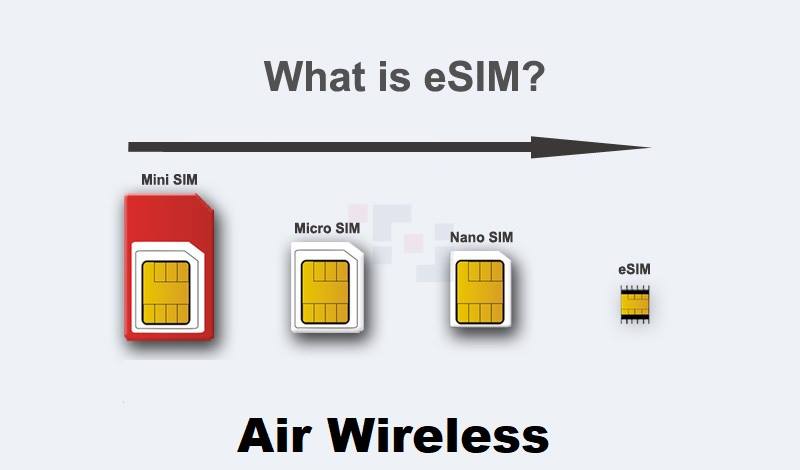
The birth of the eSIM has essentially made cell phone technology shift in a simple, but rather monumental way. What happened was that the link between the device and the wireless service company which traditionally was the SIM card went from being hardware to software. This means that with an eSIM you don’t have an actual component in your phone that’s going to be responsible for the transmission of data between your phone and the company that’s providing your service. If it’s not an actual physical device then the question of, “eSIM, what is it”, becomes a little harder to answer.
eSIM What Is It – Literally What Is An eSIM?
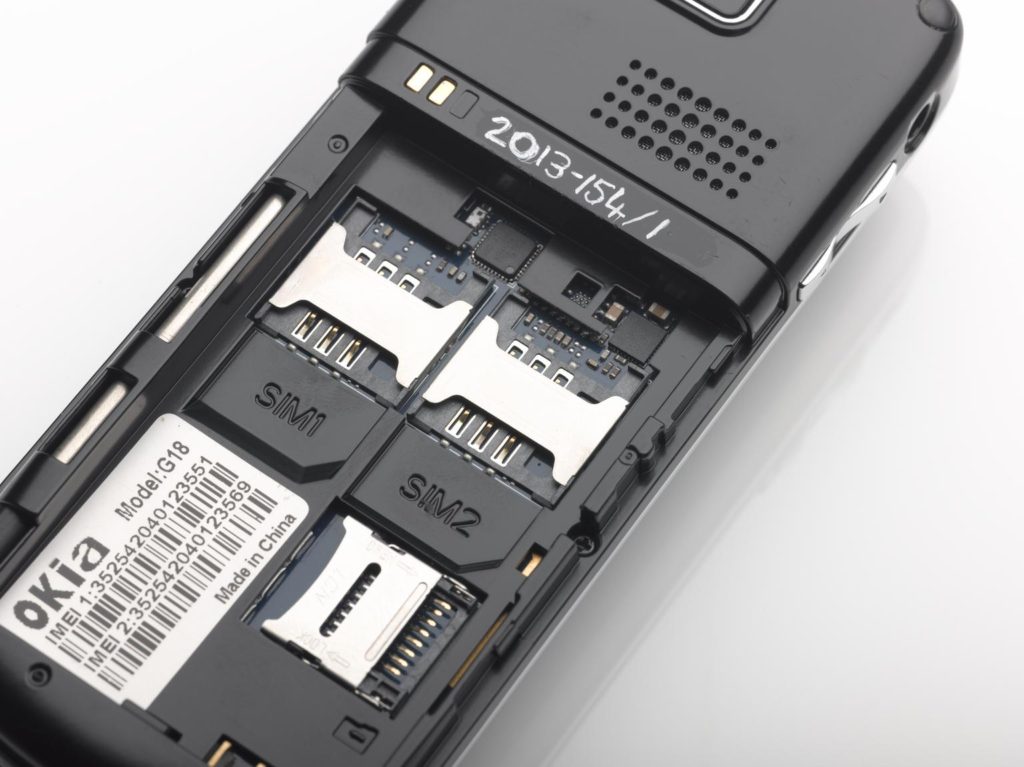
An eSIM is now a piece of software that literally serves as the link between your phone and the wireless service company that is processing your calls and data. Of course, this is the simple version of the truth if you will. Up until very recently cell phones ran on regular SIM cards. These are actual cards with a microchip on the end very much like you still see in credit cards for example. That card was also the link between your device, and your wireless service company. Does that mean that without either a SIM card or an eSIM you won’t be able to make calls and texts? This is basically what it means. Now things though have gotten a bit more complex with the introduction of apps.
We have a whole article on the site where we explore what you can do with a phone that doesn’t have either an eSIM or a regular SIM card on it. As we’ve just mentioned, the list of things that you can do with one of these phones has grown exponentially thanks to apps. Particularly because now you can connect to a wifi network with your phone and you could effectively make calls through apps without having an eSIM or a SIM card on the device. In short though, SIM cards or eSIMs for that matter serve as that connection that we’ve referenced multiple times already.
Does An eSIM Have The Same Capabilities As A Regular SIM Card?
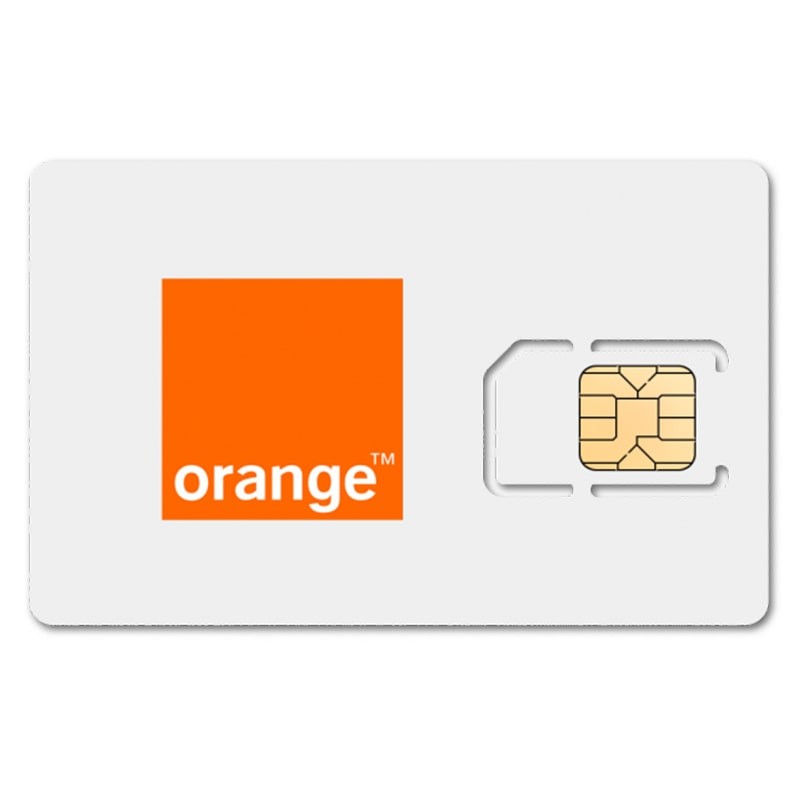
Yes, and no, you may be surprised to find out that regular SIM cards have more capabilities than eSIM cards. That’s not to say that they transfer data faster or anything like that. There’s an argument to be made that eSIMs will be able to store and transfer way more data than a regular SIM card ever could within the next few years if they can’t already. That’s an educated guess that we can make based on how technology has evolved over the years. What are we saying then? Well in primitive cell phones the regular SIM card was essentially the lifeblood of the phone. The card would hold the data that was stored on the device, in the early stages the data that you stored were just the contacts that you had on the famous speed dial.
You have to remember that regular SIM cards were around in a time when phones did not feature apps. So as we mentioned they were vital for cell phones to have any type of functionality. If you couldn’t connect to a network you basically couldn’t do anything with your phone. At this point in time as we’ve mentioned there are more things that you can do with your device without necessarily having an active connection with your wireless service provider. So if just take that into account there’s an argument to be made that eSIMs are as important as regular SIM cards are. Particularly many years ago in the dawn of the cell phone age.
Benefits of Having an eSIM
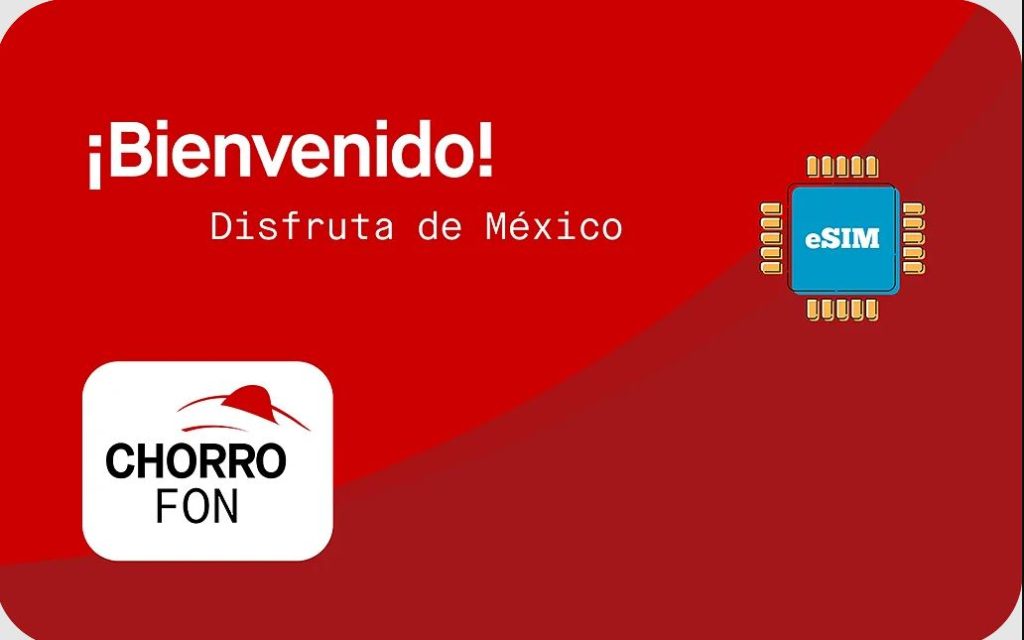
Now that we’ve answered the main question that got you here, of “eSIM what is it?”, we can move on to perhaps a more important question. Are there tangible benefits to having an eSIM over a regular SIM card? We want to be very honest here, the fact is there are some people who will be able to see the benefits to other people. The difference really isn’t going to be evident at all. If you are someone who has a phone that you just use locally and you never travel abroad you’ll only see one slight benefit. That is that there’s no probability that your eSIM is going to shift out of place causing you trouble if you drop your phone. Of course if you drop the phone hard enough the eSIM won’t work either.
The real benefit though comes to those people who are traveling abroad or are looking to get coverage from multiple wireless service providers. Why do we talk about people who travel abroad? In simple terms if you get a local eSIM or SIM card you won’t have to pay roaming fees or any other extra fees to your regular service provider. Plus, through a local eSIM you can get better coverage overall. You can add an eSIM to your phone through a QR code. With a regular SIM card you would have to remove the existing one, and put in a new one. With a dual SIM phone you could just insert the new card, but it’s more of a hassle regardless than scanning a QR code. You can get coverage from multiple countries without having to keep a collection of physical SIM cards.
How Do I Know If I Have an eSIM on My Phone?
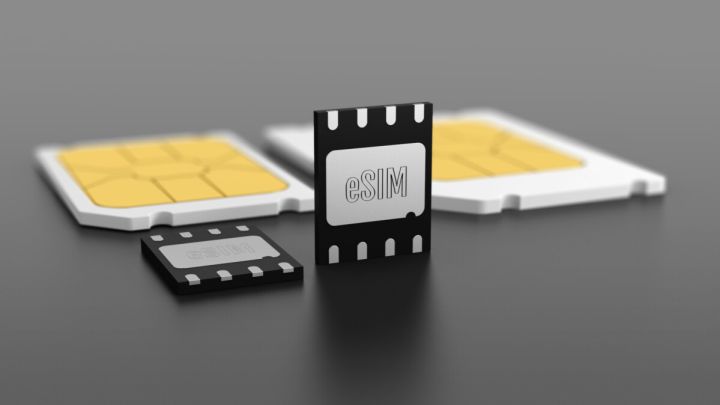
There’s of course the way to through your settings. There’s a long way to get there or you can just type in your phone’s search bar SIM or eSIM. Make sure that you’re in the phone search bar and not the internet browser. There’s a good chance that the SIM menu is going to pop up on your search. You can click there and take a look at what SIM card or eSIM is active on your phone. As mentioned, there’s potentially a long way which involves going into your settings and looking for a menu that reads SIM card or eSIM. Once you’re there you’re going to be able to see which device is providing your coverage.
Another way that you can technically figure out how you’re getting coverage is if you’ve switched your plan lately. Let’s put it this way, if you haven’t switched your plan or your phone for the last 2 years there’s a pretty good chance that your phone is still running on a regular SIM card. Even though two years ago eSIM technology was already on the market and the new phones that were launched for that year for the most part are eSIM compatible most of the wireless service providers across the globe had not gone to eSIM technology. Through the pandemic things got even worse. So if you haven’t changed your phone for a while there’s a good chance you’re still running on a regular SIM card.
Getting Coverage From Multiple Companies

One of the main benefits from eSIMs is that you could potentially get coverage from different companies or operate two phone numbers on the same device with ease. This is something that you technically could do in the regular SIM card age, however, you would have to go through the traditional SIM switch procedure. With dual SIM phones which ironically didn’t start to be widely available until almost up to the eSIM age you could avoid the physical SIM switch and switch your active SIM from your settings. Just like you can do now with eSIM technology. Why would you want coverage from multiple companies? Well, this can benefit people who live in or near certain rural areas.
You could switch between providers depending on how you can offer the best coverage in a particular part of town. Of course, some of the beneficiaries of eSIM technology are going to be travelers. You don’t have to go through the hassle of removing your regular SIM card and keeping it basically inactive for the duration of your trip like you did just a few years ago. Now you can just switch your service provider from your settings as we mentioned. Also, eSIM technology is likely going to be first to provide 6G coverage and whatever comes after that in the coming years. With regular SIM cards likely falling behind in every aspect. Up until the point that they are likely never going to be used again in devices for the next generations.
Having A Device That Is eSIM Compatible
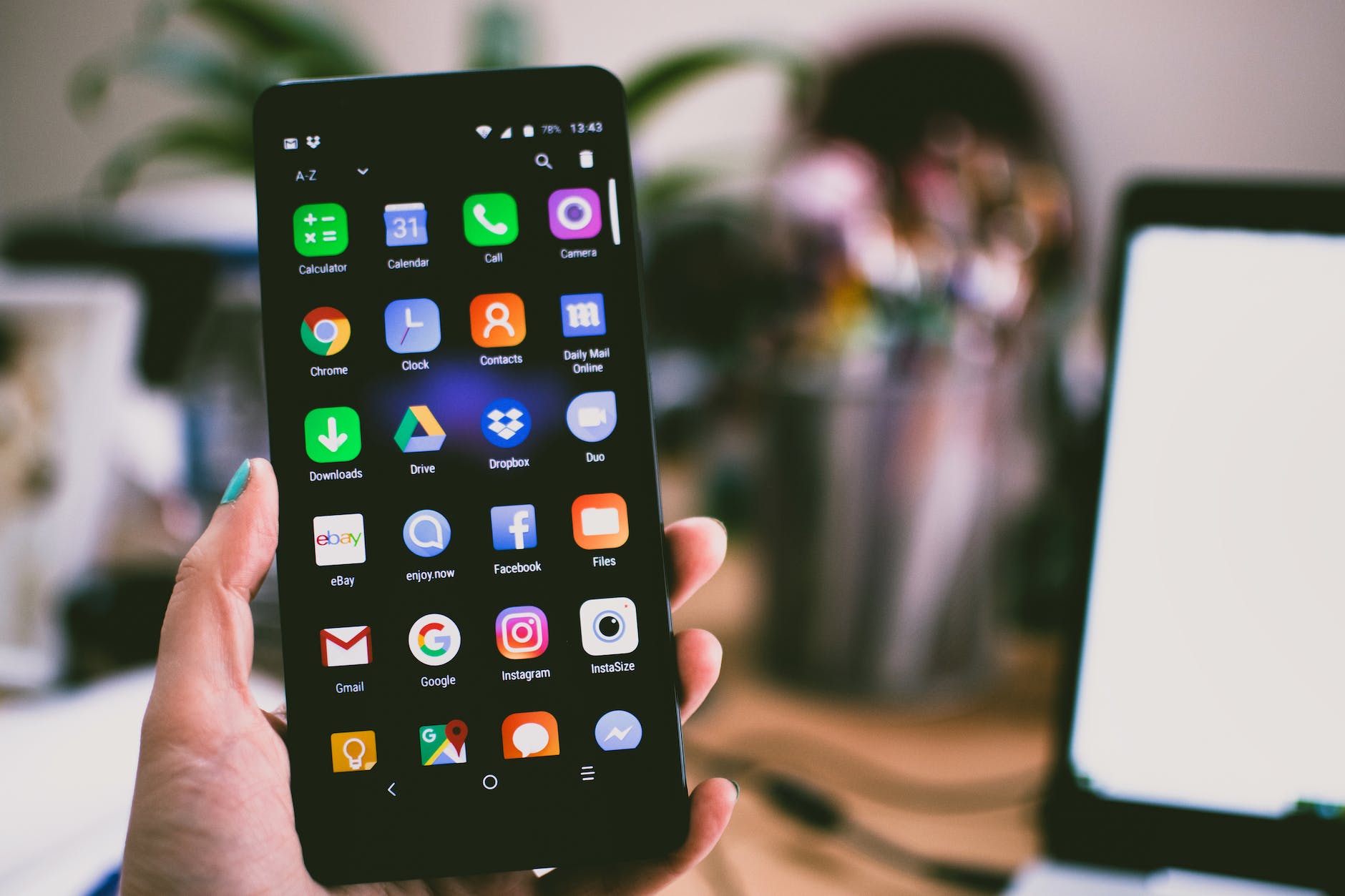
Now that you’ve figured out the answer to the age old question of, “eSIM what is it?”, you may want to ask yourself another question. Is the device that you have eSIM compatible with? This kind of goes back to what we were talking about with people who hadn’t switched their device for x number of years. If you have a device that was brand new around 2 years ago or sooner there’s a good chance that your device effectively is eSIM compatible. If you still have a device that is older than that then there’s a chance that you’re still using something that is not eSIM compatible.
If you’re looking to travel or you have another reason why you want to upgrade to an eSIM know that in this day and age you can find affordable devices that are eSIM compatible. You don’t have to go out and buy the newest iPhone to ensure that you’ll have a device that allows you to get eSIM coverage when you’re abroad. The best way to check if your device is going to be compatible with the eSIM that you want may be to go ahead and look through the web page of the service provider that you want to get coverage from. They tend to have lists of devices that are compatible with their eSIMs. That’s going to be the quickest way that you’ll be able to figure out if you can run your device with an eSIM or not.
eSIM What Is It – Conclusion
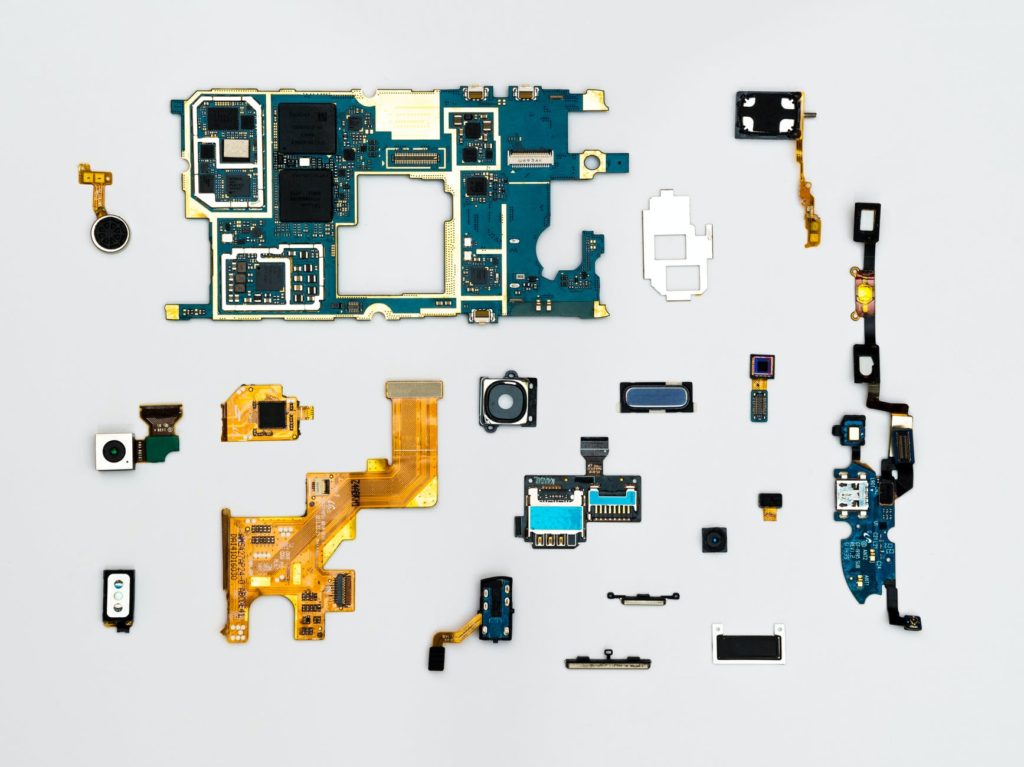
In a sense the eSIM is just the next step in the evolutionary line of cell phones. When you really think deeply about it it’s hard to believe that a piece of hardware like the regular SIM card didn’t see such a substantial update over the years. Of course, the cards got slimmer and their importance to the device itself also ironically slimmed down. Yet, the concept was still pretty much the same. If we had to provide an analogy, regular SIM cards would be to DVDs what eSIM cards are to streaming. You don’t need an actual device to perform the task.
We’ve talked about this shift to eSIM technology quite a bit on the site already. What we always end up saying is that the shift hasn’t really made a world of a difference. People with regular SIM cards and eSIMs can still use their phones in a very similar fashion. There are some benefits that we’ve highlighted in this article. If these benefits seem appealing to you then it may be a good idea to ask your service provider to get you an upgrade to an eSIM from your antique SIM card.